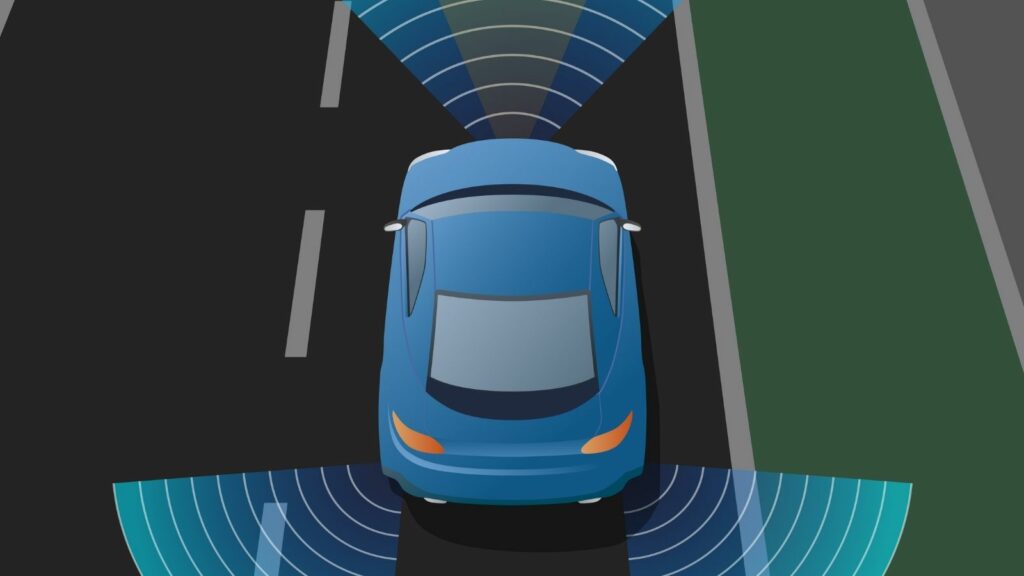One can purchase a car with the maximum range, top speed, and utmost efficiency, but it can fail and crash due to no safety devices. In contemporary times, modern cars have become increasingly safer because of breakthroughs in safety devices. Here are 12 breakthrough technologies that are making cars safer than ever before.
Advanced Driver Assistance System
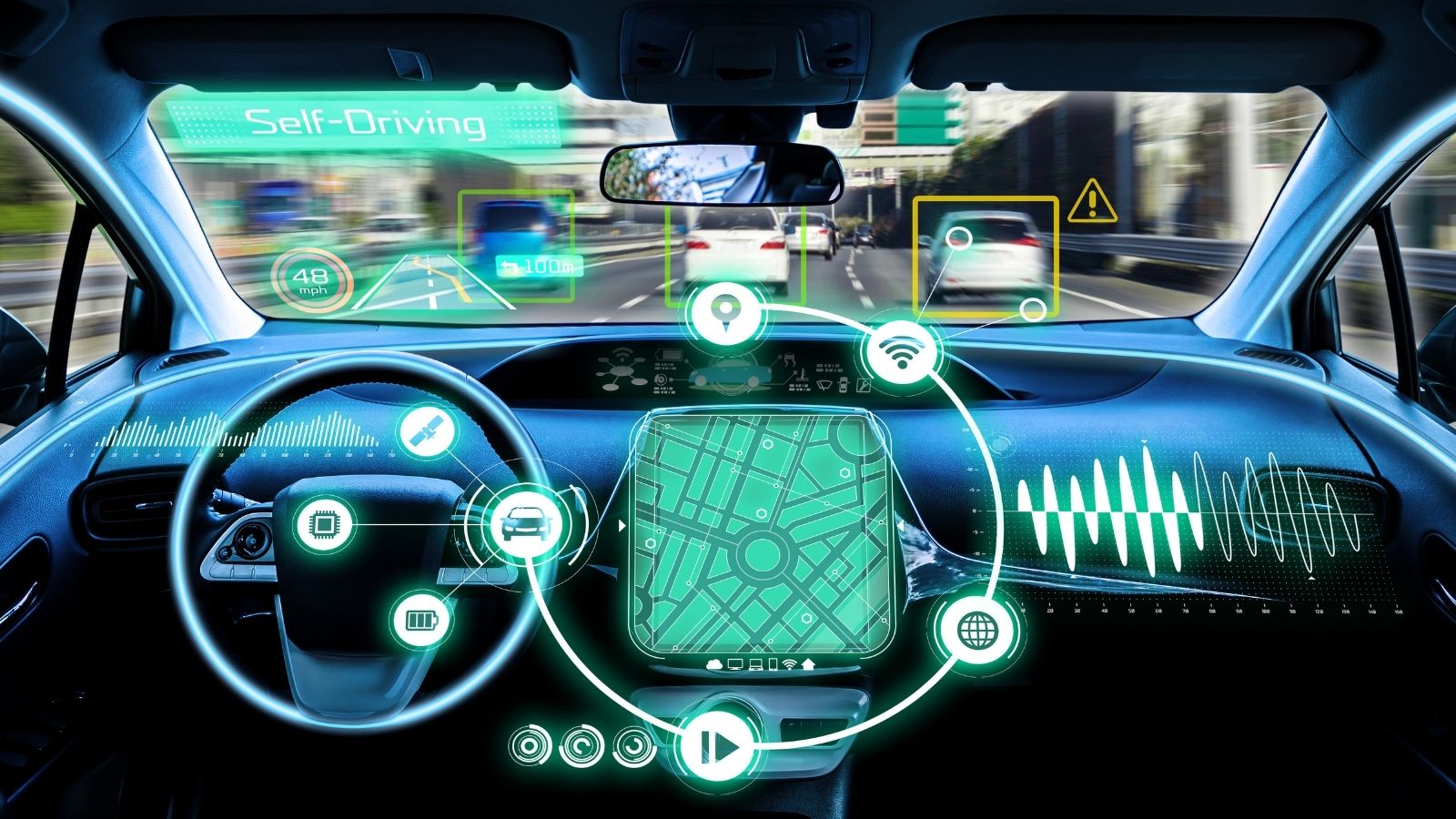
The Advanced Driver Assistance System (ADAS) is considered an all-in-one system designed to assist the driver in driving and parking the vehicle. It uses various radars, sensors, and cameras to identify the objects in its proximity, helping the driver. This information is crucial as it aims to reduce any mistakes while navigating the vehicle in tight spaces. Under this umbrella system, lane departure and dynamic cruise control are also included, some of the breakthrough technologies in contemporary times.
Airbags
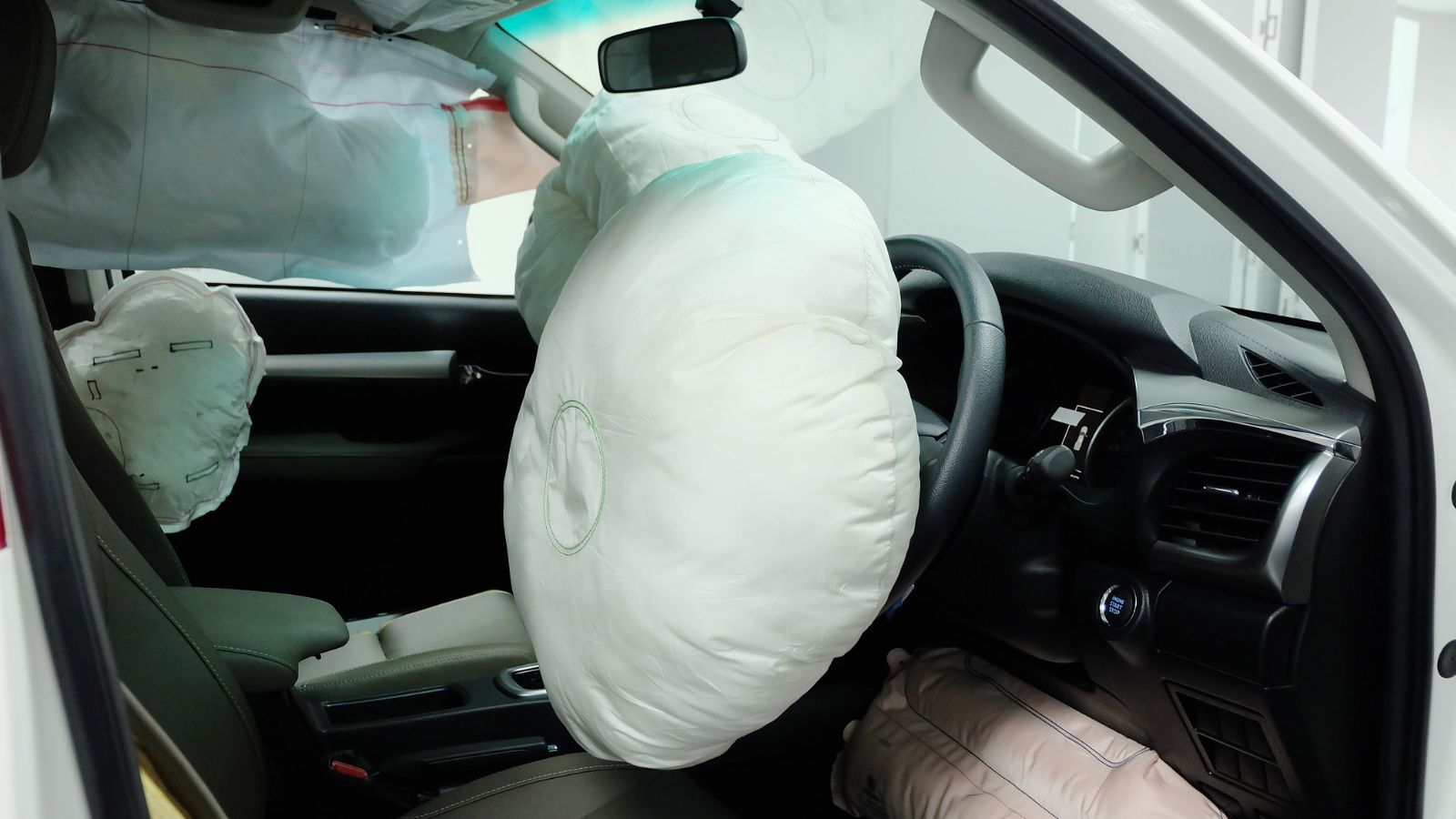
While airbags may not be a novel invention, the inception of these in the 1920s is credited as one of the earliest safety devices. Airbags became mandatory for all vehicles in the United States around the 1980s, which urged brands to revamp this technology, making them safer. Historically, airbags were used in place of seat belts, but nowadays, the combination of both has contributed positively. They are discharged on impacts to cushion the passengers and protect them from injury. Advanced airbag systems now measure the severity of the situation and deploy even larger and more effective airbags to maximize protection.
Electronic Stability Control

Driving on slippery roads or rigid terrains is always challenging due to the risk of the vehicle losing control and skidding. Electronic Stability Control (ESC) is a safety feature that prevents such loss of control by tracking the wheel speed and steering wheel position. Any irregularities that are spotted in terms of traction and deviation of the wheel from the desired path will lead to a reduction in engine power. This helps to regain control, taking back control that is beneficial during disbalances or extreme weather conditions that affect stability.
Adaptive Cruise Control

The Adaptive Cruise Control (ACC) system has significantly improved safety dynamics in cars, having been incorporated into most luxury cars. The system revolves around keeping a considerable amount of distance from the vehicle in front of it to mitigate any risks of collisions or crashes. With the help of assisting systems, multisensors, and predictive systems, ACC ensures passenger safety and is a major component in future electric cars.
Driver Drowsiness Detection

Under immense stress or due to fatigue, the journey back home from work or a long trip can be very tiring. Drunk driving is another issue, but the vehicle is set for doom when the driver dozes off into a deep slumber. When such signs of drowsiness are detected, the Driver Drowsiness Detection system monitors the head position, eye closure, and blink rate to alert the driver. These may be in the form of a loud alarm or vibrations designed to reduce the risk of accidents, especially during nighttime driving.
Blind Spot Monitoring
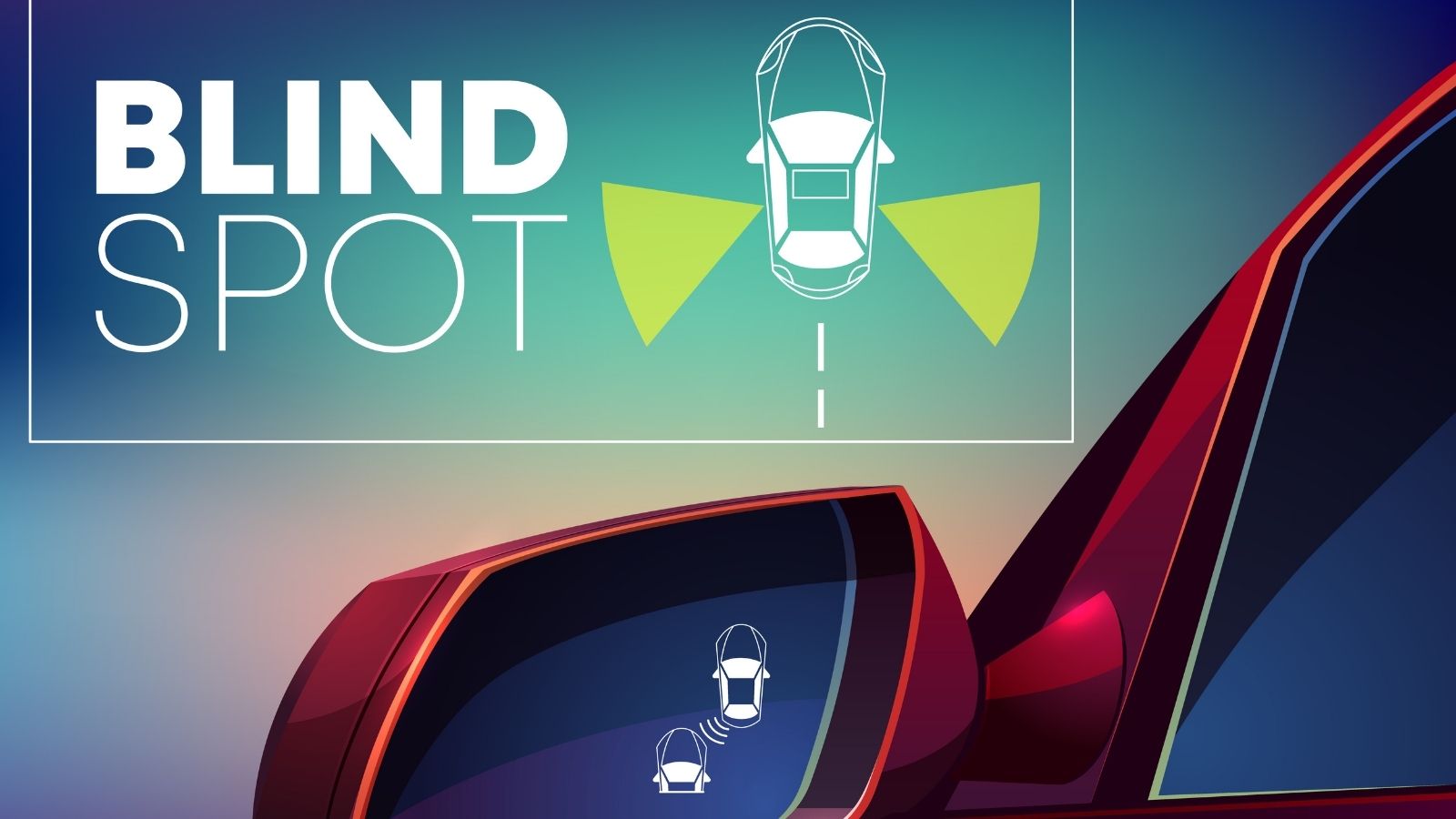
Some areas are not visible through the rearview and side mirrors; in such cases, blind spot monitoring (BSM) comes to the rescue. It detects vehicles in the driver’s blind spot and alerts them, preventing many collisions or minor dents. The BSM system acts as another pair of eyes, always having the back of the driver, which reduces driver anxiety. Even during parking or congested areas, this system comes in handy, enhancing situational awareness.
Emergency Steering Functioning
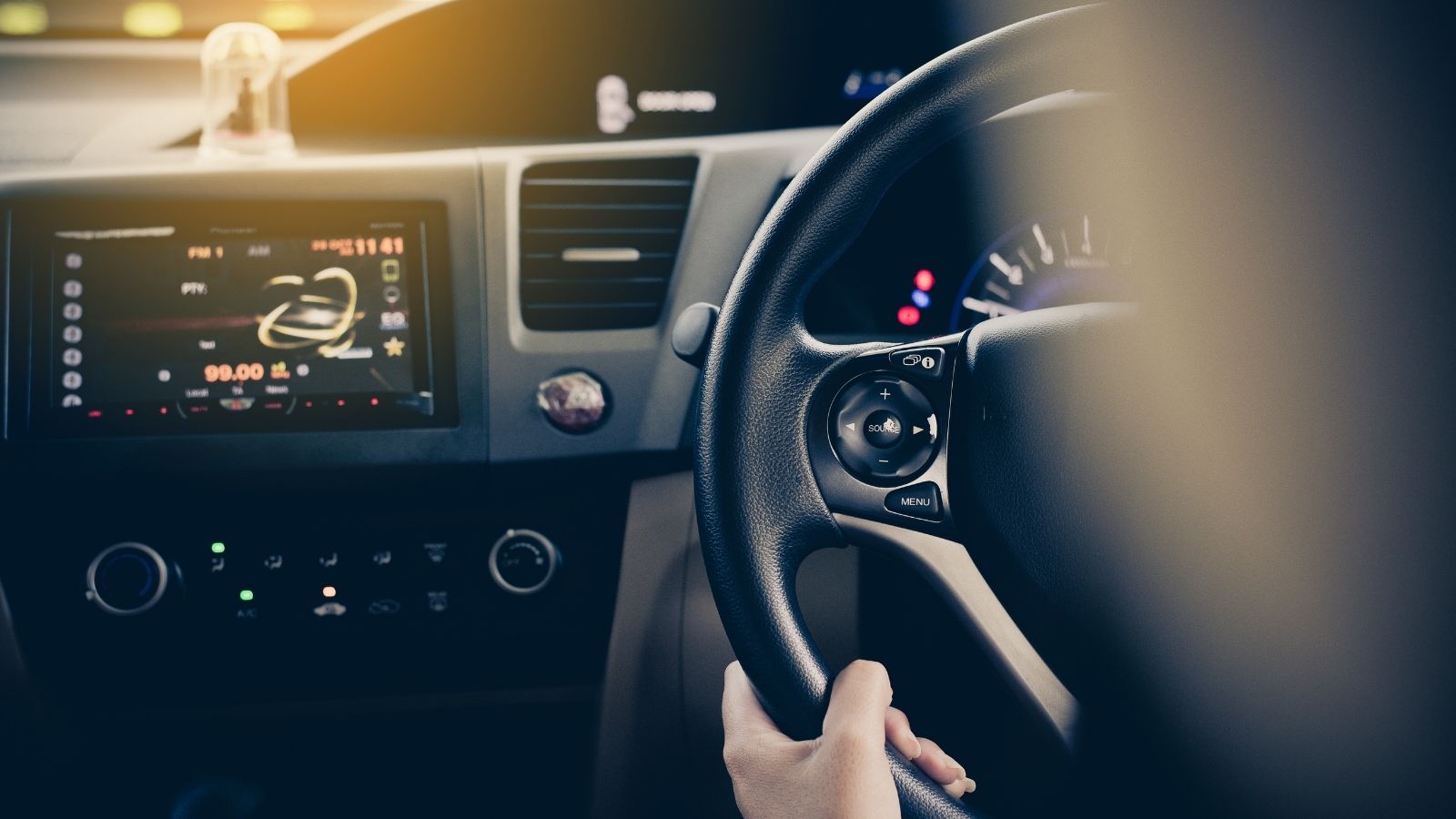
Another advanced safety feature is the emergency steering function, which uses automated steering intervention to prevent crashes. During close calls or intense situations, drivers often panic and lose control, which leads to their demise. This function can prevent such disasters by adjusting the steering and moving the vehicle away from any possible threat. Navigation is not random but based on potential hazards such as other vehicles, pedestrians, or unidentified objects.
Autonomous Emergency Braking

As the name suggests, this advanced safety system jams the brakes automatically when it registers that the driver has lost control. When the system detects irregular speeding patterns leading to imminent collisions, the autonomous emergency braking systems act up and stop the car. This is tracked using sensors, radars, and cameras to halt the vehicle if the driver does not react appropriately. Even if AEB systems do not activate in time, this quick intervention can significantly reduce the impact of the collision.
Adaptive Headlights

Drivers are requested to be more cautious at night due to dim lightning, responsible for several crashes and accidents. Advanced lighting systems such as adaptive headlights enhance nighttime driving by automatically adjusting the intensity of the headlights. This is done based on the input from the steering and speed of the car, improving visibility and preventing blind spots. These come in handy during turns and curves, improving the overall illumination.
Lane Keeping Assistance
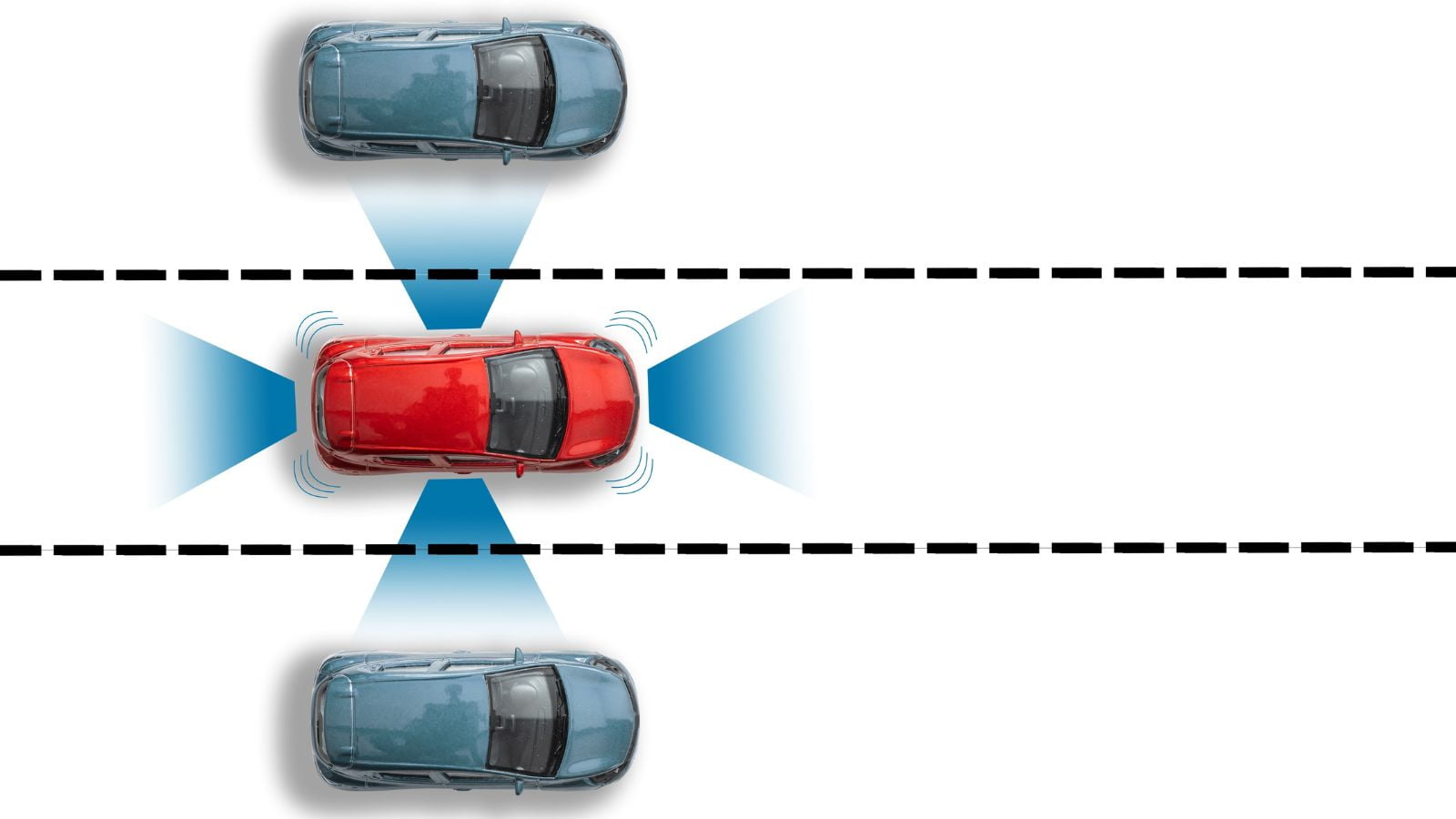
Sometimes, distracted drivers drift out of their lanes or may get confused and switch lanes unintentionally. Lane-keeping assistance systems send alerts to drivers either through the steering or audible warnings when vehicles drift out. These systems may also steer your vehicle back into the lane when it detects any kind of unintentional departure. This system enhances security, prevents accidents, and makes cars safer.
Surround View Camera
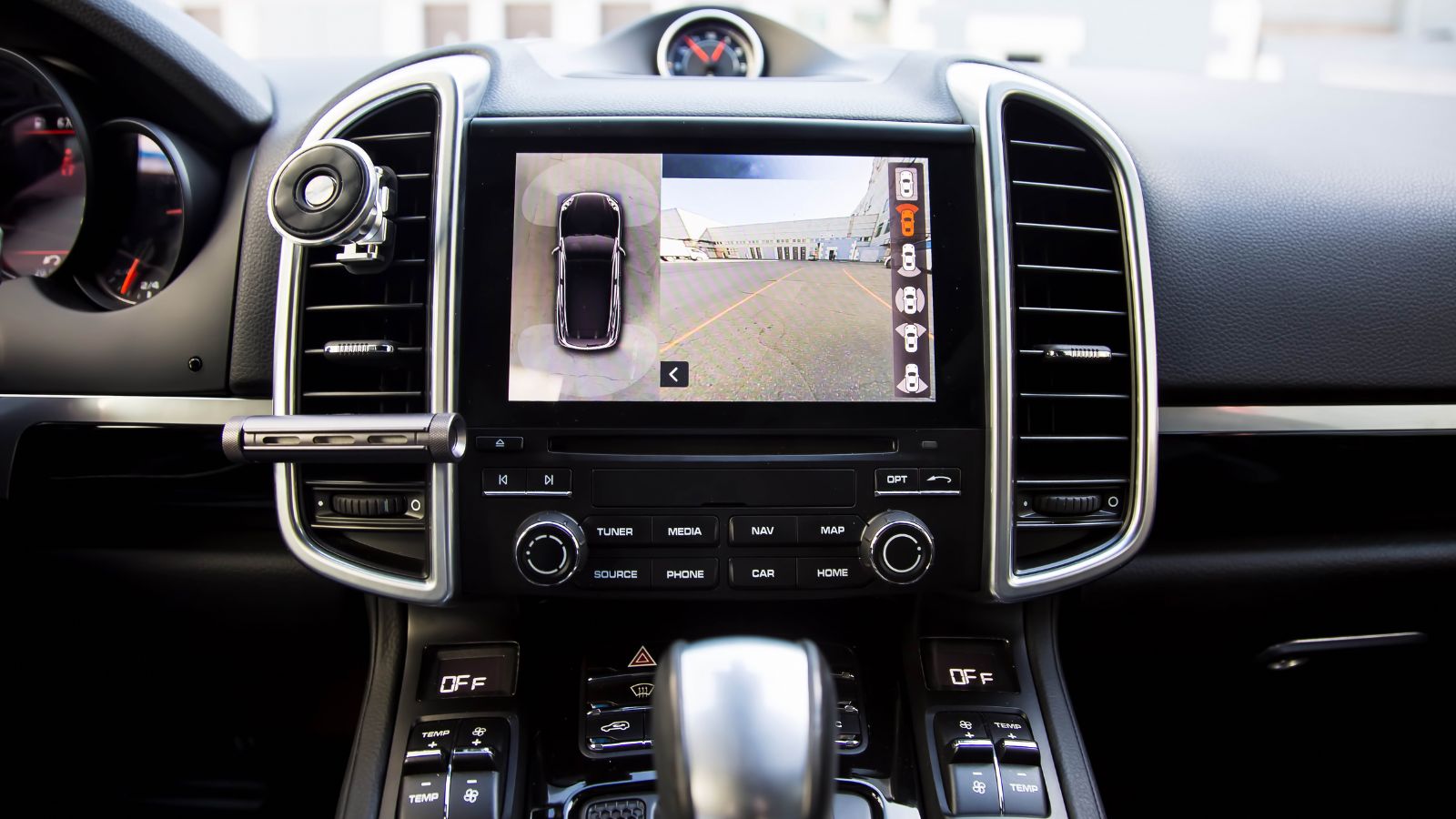
When driving a vehicle, there is always the risk of vehicles edging against the car or crashing into others while parking. To prevent such scenarios, a surround-view camera provides a 360-degree view of the surroundings, giving drivers a better picture. This composite image helps drivers park safely, stay alert while driving, or maneuver around tight spaces. This bird’ s-eye view uses a combination of front, rear, and side cameras to make it much easier to detect obstacles nearby.
Collision Avoidance System (CAS)
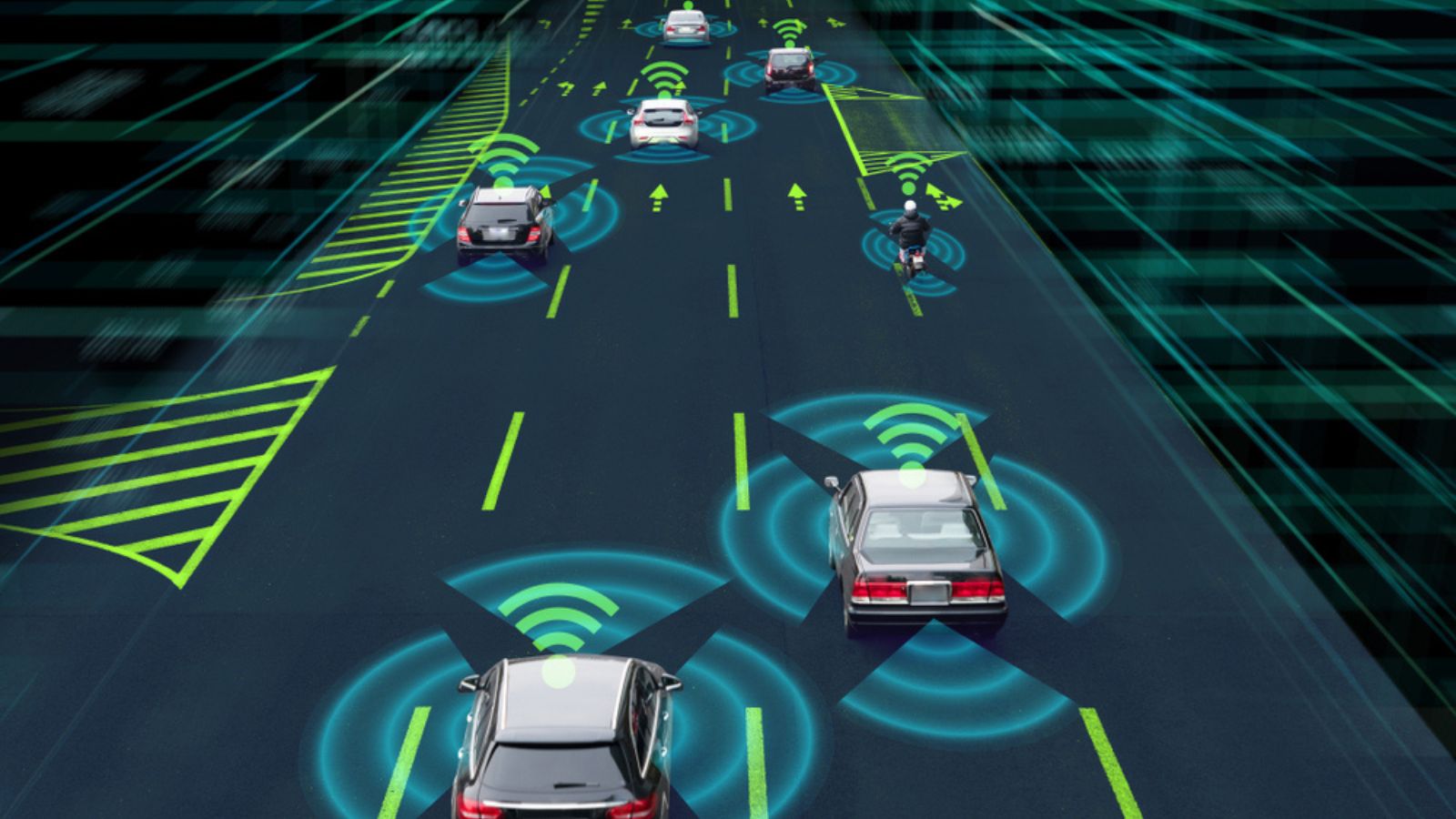
Crashing your car against anything, be it an obstacle or a pedestrian, is a nightmare that will haunt you for life. To avoid such instances, vehicles are equipped with a Collision Avoidance System (CAS) designed to prevent such hazards. These pre-crash systems utilize several sensors, radars, and ultrasonic devices to measure the vehicle’s speed before it, sending a warning to the driver when the distance closes. This ensures the driver is always alert and acts as an additional layer of protection.
The 10 Most Reliable Car Brands According to Mechanics
![]() When choosing a car, one of the most crucial factors is reliability. But what exactly does it mean when we say a car is reliable? Reliability refers to the vehicle’s ability to perform consistently well over time with minimal issues. A reliable car requires fewer repairs, is cost-effective to maintain, and offers peace of mind to the owner. In this article, we delve into the ten most reliable car brands according to mechanics, explaining why these brands are trusted and highlighting endorsements from institutions, car experts, and reputable websites. The 10 Most Reliable Car Brands According to Mechanics
When choosing a car, one of the most crucial factors is reliability. But what exactly does it mean when we say a car is reliable? Reliability refers to the vehicle’s ability to perform consistently well over time with minimal issues. A reliable car requires fewer repairs, is cost-effective to maintain, and offers peace of mind to the owner. In this article, we delve into the ten most reliable car brands according to mechanics, explaining why these brands are trusted and highlighting endorsements from institutions, car experts, and reputable websites. The 10 Most Reliable Car Brands According to Mechanics
